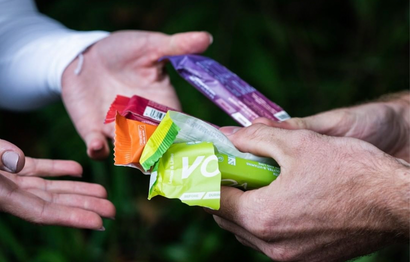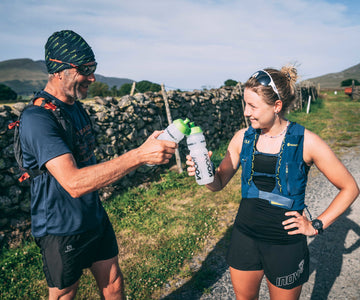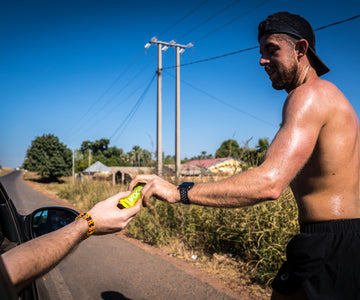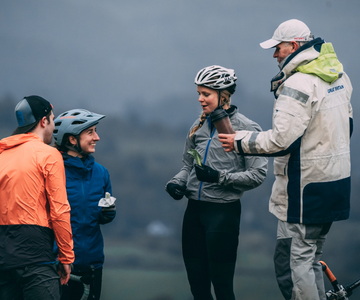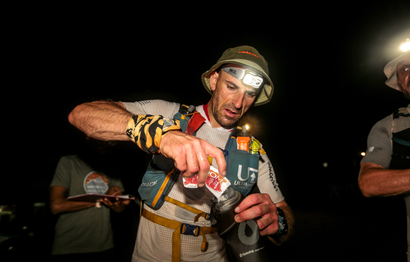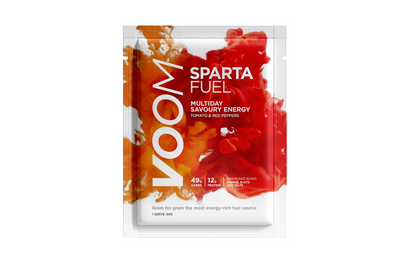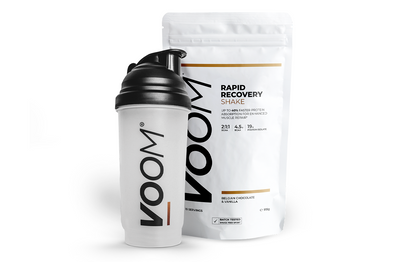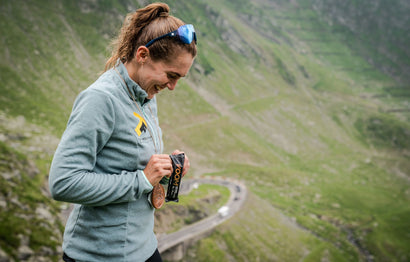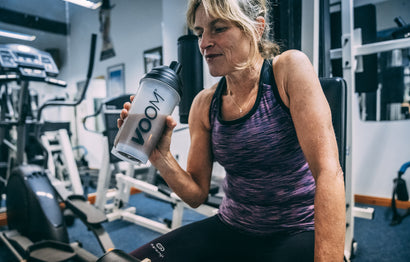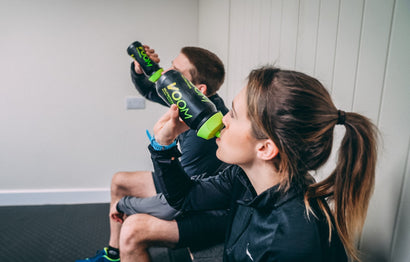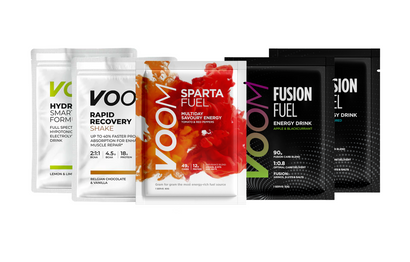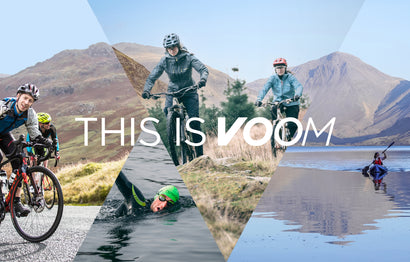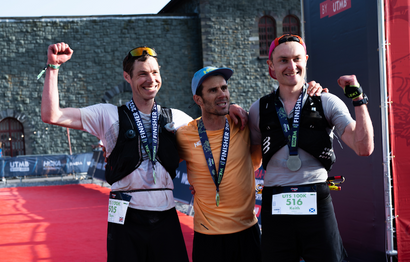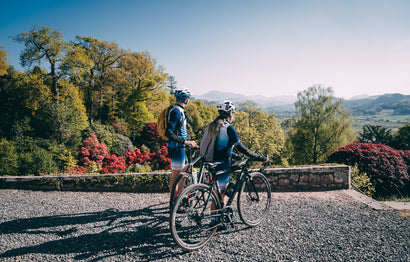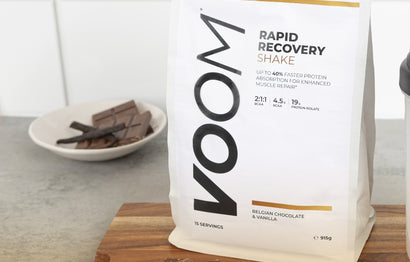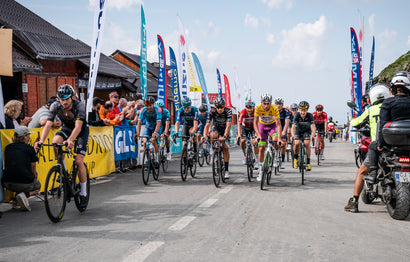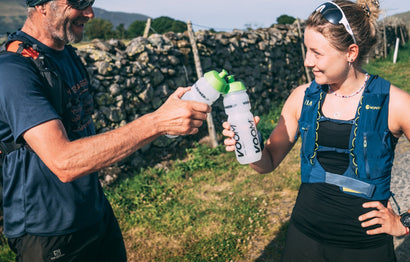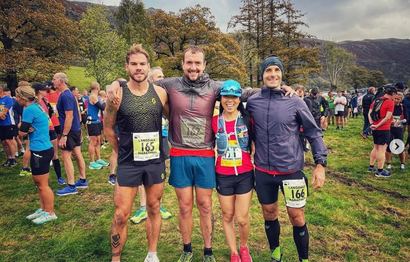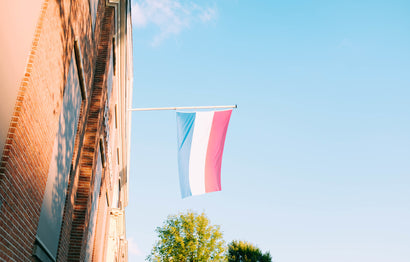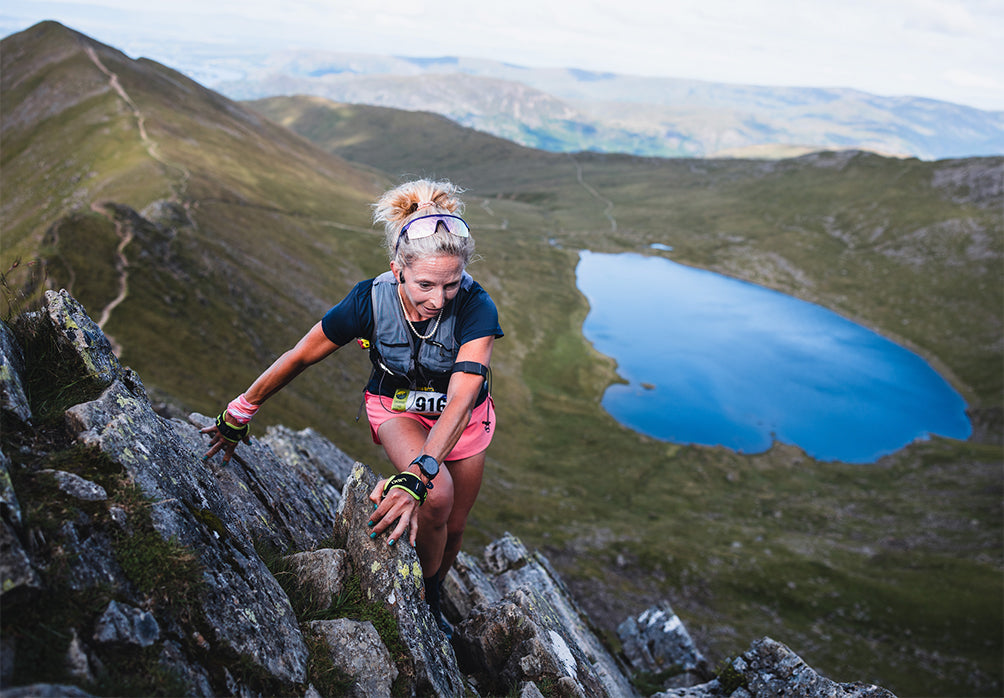Cath Pendleton, also known as The Merthyr Mermaid, is an open water and ice swimmer from Wales. She is a Guinness World Record Holder for the Most Southerly Ice Swim (female), achieving this record when she became the first person in the world to swim an ice mile inside the Antarctic Polar circle in February 2020. Her story was captured by BBC Wales for a documentary about ordinary people achieving extraordinary things, titled “The Merthyr Mermaid”.

Photo: James Pontin BBC Wales
Cath has done many long distance swims, including the English Channel in 2018, and has also represented Great Britain at the World Ice Swimming Championships in Russia in 2019 winning bronze in her age category.
I’m always looking forward to new challenges and am truly passionate about encouraging participation in sport, particularly open water swimming. I aim to be a great role model for all those that are anxious about dipping their toes in!
Why do you love swimming in ice cold temperatures?
I’ve always used exercise as a way of helping manage mental health and have fun with friends; I discovered winter/ice swimming in September 2015 and was immediately hooked. Since then I swim as much as possible and use it as my "Reset Button”. I swam my first official Ice Mile in January 2016, becoming the first Welsh woman to do so.

Photo: James Pontin BBC Wales
In 2019 I represented Team GB at the World Ice Swimming Championships in Murmansk, Russia, winning Bronze in my age category for the 1 km swim. I was lucky to be nominated for the World Open Water Swimming Association’s Woman of the Year 2020 and was placed 3rd out of 12 outstanding open water swimmers. I absolutely love swimming and think I will always and I’m always up for an adventure and enjoy inspiring others to give new things a try.
How did you get into winter swimming and ice swimming?
I've always swam but had rediscovered open water swimming whilst doing triathlons and I loved it, so I started to do some open water swimming events (all wetsuit events). Then in August 2015 at the end of the triathlon season I had hurt my back and stopped running and cycling. In September that year I saw an ad for the Chill Swim winter swimming gala in Lake Windermere in Feb 2016, just wearing standard bathers, hat, and goggles!

Photo: Mark Griffiths Photography
On seeing the advert I thought how awesome and that it would be a great new challenge. As I was going to stop with triathlons I really needed a new focus. So, along with a couple of friends I decided to go for it! I started swimming without my wetsuit that September and have been addicted to winter and ice swimming since. I soon became really addicted to ice swimming and in January 2016 became the first Welsh Woman to swim an Ice Mile.
What is an ice mile swim?
Ice swimming is an extreme sport in which events take place in water under 5c and competitors are only allowed to wear standard swimming costumes/trunks, a swim cap and goggles (the same as Channel Swimming rules). There are very strict medical and safety rules that must be strictly adhered too. It takes several years of training to acclimatise your body to these extreme temperatures. I’ve now swam 10 official IISA ice miles!

Photo: James Pontin BBC Wales
How do you train to swim an Ice mile?
I must point out that I was very unusual to complete an ice mile in my first winter season and many swimmers take 2-3yrs or more to get to this stage. I think ice swimming is possibly in my blood as I spent every summer of my childhood in the local river and loved outdoor pursuits in the winter!

Photo: James Pontin BBC Wales
Its important to be sensible with how long you spend in the cold water - start small and try to gradually build the time you spend in the water. There are some fantastic websites to go to for information about open water and winter/ice swimming, such as the Ice Swim site. You need to be safe, so it is important to do your research beforehand and always swim safely.
What do you do to complement your swim training?
I know I should strength train and cross train but don’t really... 2024 goals!
What do you eat & drink before and after a training session?
I have porridge before my long swims and anything I can get my hands on after - the VOOM RecoverFudge is convenient and always hits the spot! After an Ice swim I love a warm winter spice Ribena.
What are your next aims or challenges?
My next goal is to swim a mile inside the Arctic Polar Circle – this year hopefully! I also took up freediving in October 2021 and to celebrate my 50th Birthday last March, I treated myself to Ice Freediving in Finland. It was the scariest thing I’ve ever done but am already planning to try it again this year I always say you should try things twice before deciding if you like it or not!
When I went to Finland I was actually having a really tough time with mental health due to the menopause and really wasn’t up for going. However, I had roped Louise Minchen into the trip too, after she contacted me earlier in the year about her wonderful book “Fearless: Adventures with Extraordinary Women”, in which Louise courageously took on 17 exhilarating adventures with trailblazing women who are breaking down barriers, smashing records and challenging stereotypes. It’s an awesome book and the women in it are all just incredible; we have all made great friendships and are planning more adventures together.
Last October I qualified as an “SSI Ocean Mermaid” so am looking forward to spending more time this summer freediving and ocean mermaiding!

Photo credit: Cath Pendleton
What are your top tips to stay safe while cold water swimming?
You have to acclimatise, and this takes time, as the temperature drops after the summer, just keep swimming and your body will get used to the cold. However, you must listen to your body and know your limits, as the temperature drops, decrease the amount of time you spend in the water. The best advice is to not stay in for too long and to build up time safely. Watch for clawed fingers or decreasing stroke rate as this is a sign that you have been in too long and you want to be getting out before such signs. Some winter/Ice swimmers often only swim for one or two minutes at a time.
It is important that when you get out, that you get dressed as quickly as possible as the rush of adrenaline will make you feel warm for a few minutes after you get out, but you should immediately strip off, rub yourself down and get as dry as you can and dressed before you start shivering. This is known as the ‘after drop’. The colder the water and the longer you have been in, the more you will experience an after drop of your core temperature as the cooled peripheral blood returns to the core and/or the warm core rewarms the periphery. The after drop brings on deep shivering which is a positive response of the body to mild hypothermia, it means that your body is reacting naturally to warm you up. However, it does make putting your clothes on a lot more difficult, so get dressed as quick as possible before the after-drop hits! It’s therefore helpful if all your clothes are laid out ready to get changed into as quickly as possible, with lots of warm layers, hat, gloves, warm coat or changing robe, etc. Once dressed it’s time to get a warm drink and some food inside you. This part for me is a great time to socialise with your ice swimming buddies, sometimes laughing at our shivers, chattering teeth and spilt drinks.
There are some fantastic websites to go to for information about open water and winter/ice swimming. You need to be safe, so it is important to do your research beforehand and always swim safely. If you can, try to find a group to go with or a venue that offers open water swimming sessions. Social media, especially Facebook, is a good place to search for groups and clubs, and there is a magazine called Outdoor Swimmer.
With thanks to BBC Wales James Pontin and Mark Griffiths Photography.





